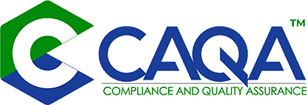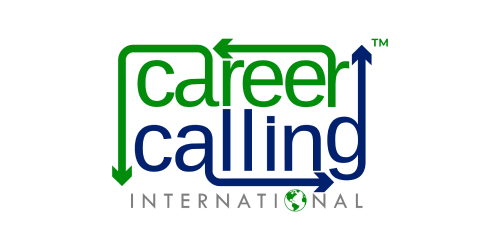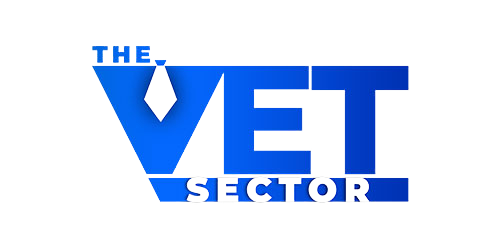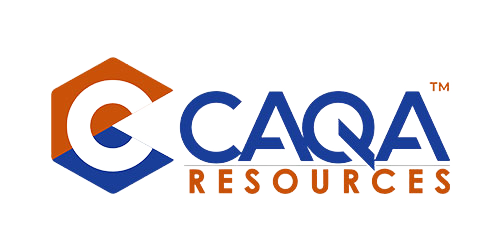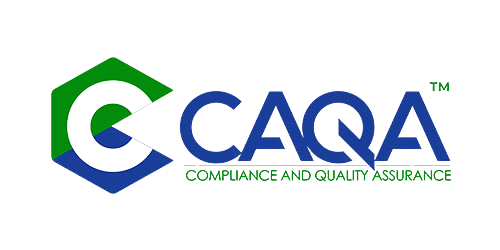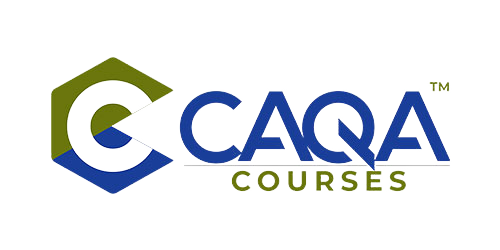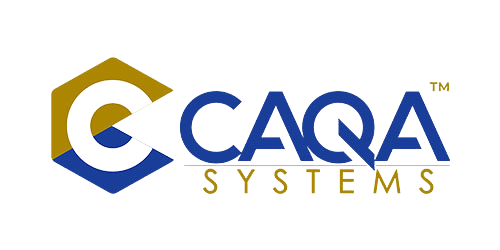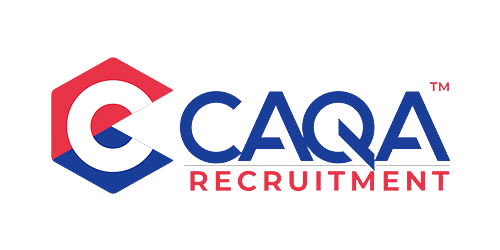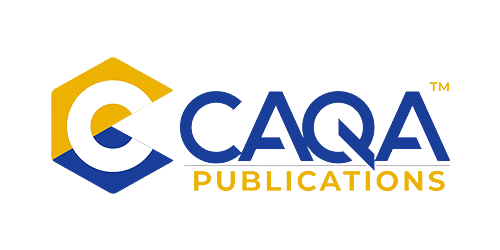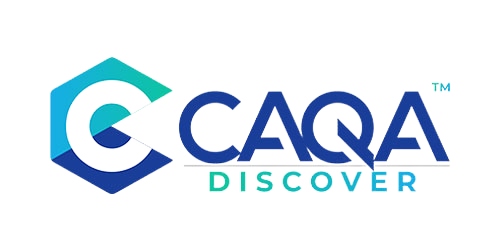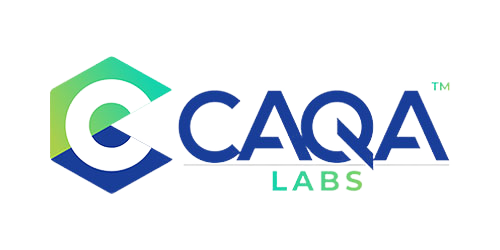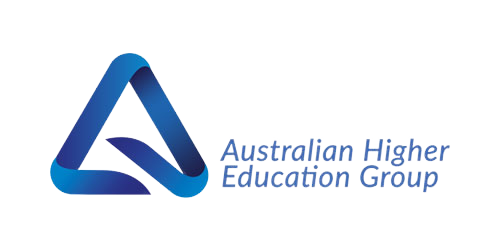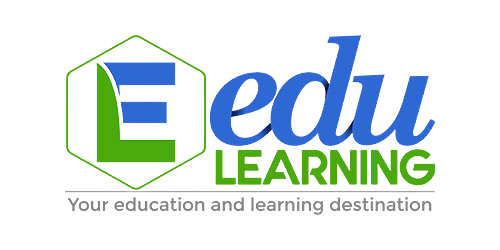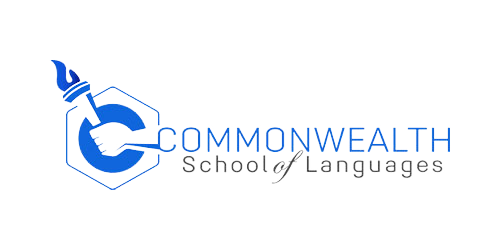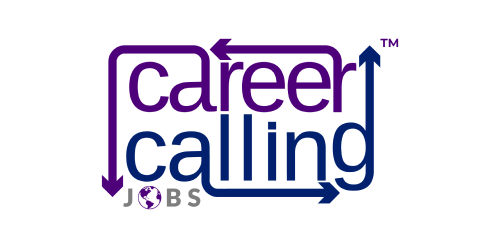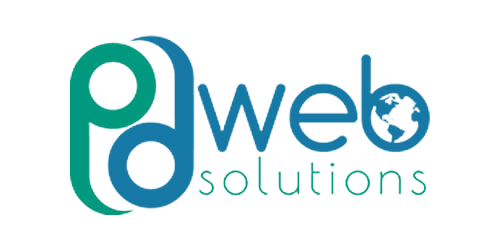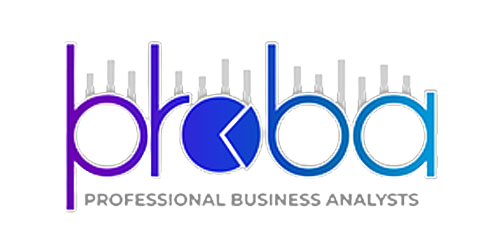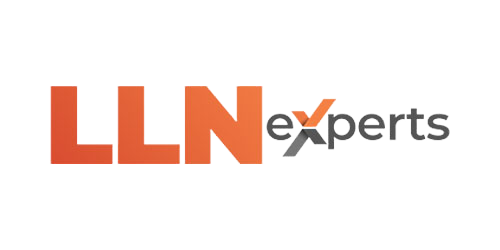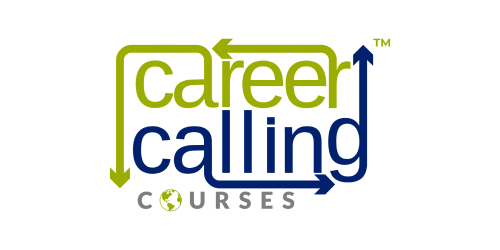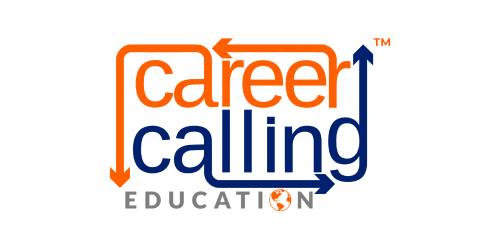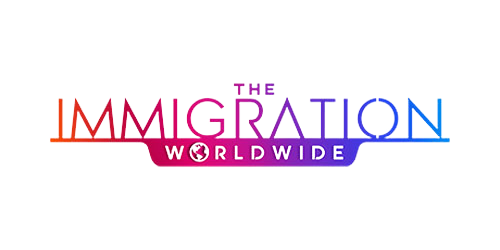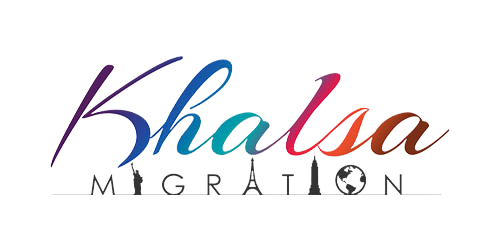All vocational students, regardless of field, now require fundamental AI literacy. This necessity has emerged rapidly as artificial intelligence tools have penetrated virtually every industry and profession. Whether training for careers in healthcare, construction, automotive repair, culinary arts, or any technical field, understanding AI has become as essential as basic computer skills were in previous decades.
Basic Principles of AI Systems
Students need to comprehend how AI systems fundamentally operate - not at the level of a data scientist, but with sufficient clarity to recognise that these systems learn from patterns in data rather than through explicit programming. They should understand concepts like machine learning, neural networks, and how training data influences AI outputs. This knowledge helps demystify AI and positions students to work alongside these tools effectively.
Many vocational students approach AI with misconceptions fueled by science fiction and media hype. Effective education must replace these with practical understanding. This doesn't require complex mathematics or programming knowledge, but rather conceptual clarity about how modern AI functions. Students should grasp that contemporary AI largely relies on pattern recognition rather than true reasoning. For example, a vocational nursing student should understand that an AI diagnostic tool doesn't "think" about symptoms but rather identifies patterns in patient data that correlate with historical diagnoses. This fundamental distinction helps students maintain appropriate expectations about AI capabilities and limitations.
Hands-on demonstrations prove particularly effective for building this understanding. When automotive technology students see how an AI diagnostic system improves its accuracy after analysing thousands of engine performance records, they develop an intuitive comprehension of how these systems learn. Similarly, culinary students benefit from observing how recipe recommendation algorithms refine suggestions based on user feedback and ingredient compatibility patterns. These practical experiences should be supplemented with straightforward explanations of key terminology. Terms like "machine learning," "neural networks," and "natural language processing" should become part of students' professional vocabulary, with clear examples demonstrating how each concept manifests in their specific field.
Vocational students should also understand the fundamental categories of AI tools they might encounter professionally. These include rules-based systems following explicit programming logic with predictable outputs, machine learning systems improving performance based on data exposure without explicit programming, generative AI creating new content based on patterns in training data, computer vision interpreting and analysing visual information, and natural language processing understanding and generating human language. Recognising these distinctions helps students set appropriate expectations and select suitable tools for specific tasks. A construction management student should understand why a rules-based scheduling system behaves differently from an ML-powered one that adapts to past project patterns.
Limitations and Failure Modes
AI systems are powerful but imperfect. Vocational students must recognise common limitations such as biased outputs reflecting biased training data, hallucinations where AI confidently presents incorrect information, and the inability of AI to truly understand context the way humans do. Recognising when an AI tool is operating outside its design parameters is crucial for safe and effective application in vocational settings.
Each vocational field presents unique scenarios where AI tools might fail. Students need practice identifying these situations to develop appropriate caution. Culinary students should understand why recipe-generating AI might suggest dangerous food combinations if trained on unreliable internet sources. Healthcare support students need awareness of how symptom-checking AI might miss cultural or contextual factors affecting patient presentations. Automotive students should recognise when diagnostic AI might make false assumptions about maintenance history or operating conditions. Construction students must identify when material estimation AI might fail to account for regional building code variations or climate factors. Through case studies and simulated scenarios, students can develop a healthy skepticism that balances AI's benefits with awareness of its limitations. This doesn't mean rejecting AI tools but rather developing the judgment to know when human expertise should override algorithmic recommendations.
Vocational students need to grasp how AI performance depends entirely on its training data. This understanding helps them anticipate potential failures and interpret results appropriately. Key concepts include representational bias, when training data doesn't reflect all scenarios the AI will encounter; temporal limitations, when AI trained on past data confronts new trends or technologies; domain specificity, why AI excelling in one context may fail in seemingly similar situations; and edge cases, recognising unusual scenarios where AI lacks sufficient training examples. These concepts become concrete through field-specific examples. Electrical apprentices might learn that wire recommendation AI trained primarily on residential buildings could make dangerous suggestions for industrial applications. Veterinary technician students could explore how diagnostic AI trained predominantly on common pet breeds might miss conditions in exotic animals.
Ethical Considerations
As AI deployment expands, ethical questions multiply. Students need awareness of privacy implications when customer data feeds AI systems, potential job displacement concerns, and issues of algorithmic fairness. They should consider who benefits from AI implementation in their field and who might be disadvantaged. This ethical framework helps ensure that, as they incorporate AI into their professional practice, they do so responsibly.
Each vocational field faces unique privacy considerations as AI deployment expands. Hospitality students must understand the ethics of using guest preference data to train personalised service AI. Healthcare support workers need clear guidelines on patient consent for AI-assisted diagnostics. Automotive technicians should consider the privacy implications of vehicle performance data feeding manufacturer AI systems. Childcare workers require sensitivity about AI monitoring technologies and children's privacy rights. Vocational programs should embed these considerations into practical training scenarios, helping students develop ethical frameworks specific to their field. Role-playing exercises where students must explain AI data usage to clients or patients prove particularly effective in developing these communication skills.
Many vocational students harbor understandable concerns about AI displacing jobs in their chosen field. Educational programs should address these fears directly through honest assessment of which aspects of their profession face automation risk, identification of emerging roles that combine traditional skills with AI oversight, strategies for positioning themselves as AI-complementary rather than AI-replaceable, and historical context showing how previous technological revolutions transformed rather than eliminated most occupations. This approach replaces generalised anxiety with strategic career planning. A paralegal student worrying about document review automation benefits more from learning how to supervise and validate AI-powered contract analysis than from either dismissing or being paralysed by displacement concerns.
Vocational students need awareness of how AI systems may perpetuate or amplify existing social inequities. Construction management students should recognise how AI scheduling tools might disadvantage contractors from underrepresented groups if trained on historically biased contracting data. Culinary students need awareness of how recommendation algorithms might favor certain ethnic cuisines over others based on training data skew. Healthcare support workers should identify when diagnostic AI might perform unequally across different demographic groups. Retail management trainees must consider how AI-powered hiring tools could perpetuate workforce homogeneity. Through case discussions and ethical decision-making exercises, students develop the capacity to identify potential fairness issues and advocate for more equitable AI implementation in their future workplaces.
Effective Feedback Provision
AI systems improve through human feedback. Vocational students should learn how to systematically evaluate AI outputs and provide structured feedback that helps refine these tools. This includes documenting failures, identifying patterns in errors, and communicating clearly with AI developers or internal technology teams about performance issues.
Vocational students should understand their critical role in improving the AI tools they use professionally. This includes systematic documentation, recording specific instances where AI recommendations proved incorrect or incomplete; pattern recognition, identifying categories of situations where AI tools consistently underperform; precision in reporting, clearly communicating the gap between expected and actual AI performance; and improvement verification, confirming whether feedback implementation actually resolves identified issues. These skills transform frustration with imperfect tools into productive collaboration. When an automotive student systematically documents scenarios where diagnostic AI misses certain transmission problems, they contribute to improving the system while developing valuable professional judgment.
Different vocational areas require specialised approaches to AI feedback. Healthcare support workers need frameworks for reporting diagnostic suggestion errors that protect patient privacy. Culinary professionals should develop standardised methods for evaluating recipe recommendation quality. Construction trades require structured approaches to documenting when material estimation AI produces wasteful or insufficient quantities. Administrative professionals need processes for improving document classification accuracy. Vocational programs should develop field-appropriate templates and procedures for this feedback process, normalising systematic evaluation as part of professional practice with AI tools.
Critical Evaluation of AI Recommendations
Perhaps most importantly, students must develop judgment about when to trust or question AI recommendations. This requires understanding the appropriate level of human oversight for different AI applications, recognising situations where AI advice should be treated as a suggestion rather than a directive, and maintaining professional autonomy alongside AI collaboration.
Each vocational field requires specific criteria for evaluating AI outputs. HVAC technicians need frameworks for validating AI diagnostic suggestions against physical system behavior. Veterinary technicians should develop protocols for cross-checking AI medication recommendations against animal-specific factors. Graphic designers require criteria for evaluating when AI-generated visual elements meet client needs versus requiring human refinement. Childcare workers need guidelines for assessing when AI-recommended developmental activities suit specific children. Through deliberate practice with increasingly complex scenarios, students develop this critical discernment. Simulation exercises where AI tools provide intentionally flawed recommendations help students build the confidence to question algorithmic suggestions based on professional judgment.
Vocational students must learn to calibrate their trust in AI systems based on contextual factors. These include the criticality of the decision (higher stakes require more human verification), the AI system's historical accuracy in similar situations, the completeness of the information provided to the AI, the similarity between current circumstances and the AI's training scenarios, and the transparency of the AI's decision-making process. Through case studies demonstrating both over-reliance and under-utilization of AI assistance, students develop balanced approaches that maximise benefits while mitigating risks.
As AI capabilities expand, vocational students must develop strategies for maintaining professional agency. These include defining boundaries between AI advisory roles and human decision authority, articulating the unique value of human judgment in their field, developing confidence in overriding algorithmic recommendations when appropriate, and building communication skills to explain divergence from AI suggestions to clients or supervisors. This emphasis on autonomy helps students view AI as a powerful tool rather than an authority figure, preserving the essential human elements of professional practice.
Implementation Strategies for Vocational Education
This comprehensive AI literacy represents a new layer of essential vocational training that cuts across traditional disciplinary boundaries, creating a common foundation for all technical careers in the AI era. It complements rather than replaces traditional skills, positioning vocational graduates to thrive in workplaces where human expertise and AI capabilities increasingly intertwine.
Rather than creating standalone "AI for X" courses, vocational programs should embed AI literacy throughout the existing curriculum. In kitchen laboratories, culinary students could compare traditional recipe development with AI-assisted approaches. During diagnostic exercises, automotive students might evaluate both manual and AI-powered troubleshooting methods. Within clinical simulations, healthcare students could practice determining when to rely on or question AI diagnostic suggestions. Throughout project planning exercises, construction management students might analyse AI-generated schedules alongside human-created ones. This integrated approach grounds AI concepts in practical application, avoiding abstract treatment that students might perceive as irrelevant to their chosen field.
Successful implementation requires vocational instructors who understand both their technical domain and AI fundamentals. Institutions must invest in foundational AI literacy training for all vocational faculty, ongoing professional development addressing emerging AI applications in specific fields, collaborative curriculum development involving both industry AI users and educational technologists, and communities of practice where instructors share effective approaches to AI literacy development. Without this faculty preparation, AI literacy risks becoming either overly theoretical or dangerously simplified. Instructors need not become AI experts, but they must develop sufficient comfort with these concepts to integrate them naturally into technical instruction.
Vocational AI literacy requires close alignment with current workplace implementation. Advisory boards should include professionals actively implementing AI in relevant fields. Curriculum should incorporate real-world AI use cases from partner employers. Work-based learning experiences should include exposure to AI applications in production environments. Industry professionals with AI implementation experience should participate directly in instruction. These connections ensure that AI literacy remains grounded in practical application rather than theoretical possibilities, preparing students for the actual technological landscape they'll encounter professionally.
The rapidly evolving nature of AI technology requires specialised educational resources. This includes modular content that can be updated as AI capabilities evolve, field-specific case studies demonstrating both successful and problematic AI implementations, simulation environments where students can safely experience AI failure modes, and assessment approaches that evaluate judgment about AI application rather than just technical knowledge. Educational institutions must commit to continuously refreshing these materials to maintain relevance in a rapidly changing landscape.
As artificial intelligence reshapes vocational fields, fundamental AI literacy has become an essential component of career preparation. This literacy goes beyond technical understanding to encompass ethical awareness, critical evaluation skills, and the ability to collaborate effectively with increasingly capable AI systems. Vocational education institutions that successfully integrate these competencies throughout their programs will produce graduates prepared not just to survive but to thrive amid technological transformation. These graduates will approach AI neither with unwarranted fear nor with naive enthusiasm, but rather with informed pragmatism, recognising both the remarkable capabilities and the significant limitations of these tools.
The vocational professionals of tomorrow will not be replaced by AI but will instead leverage these technologies to enhance their uniquely human capabilities. With proper education, they will maintain their professional judgment and autonomy while embracing AI assistance for appropriate tasks. They will understand when to trust algorithmic recommendations and when their human expertise should prevail. This balanced approach to AI integration represents not just a survival strategy for vocational careers but an opportunity for enhancement. By focusing education on the productive intersection of human expertise and artificial intelligence, vocational programs can prepare students for roles that are not merely AI-resistant but positively AI-enhanced.
The time for this educational transformation is now. As AI capabilities advance more rapidly than many anticipated, vocational education must evolve with similar urgency. The fundamental AI literacy described here provides a framework for this evolution, one that respects traditional skills while embracing technological advancement, preparing students for long-term success in a transformed workplace landscape.
